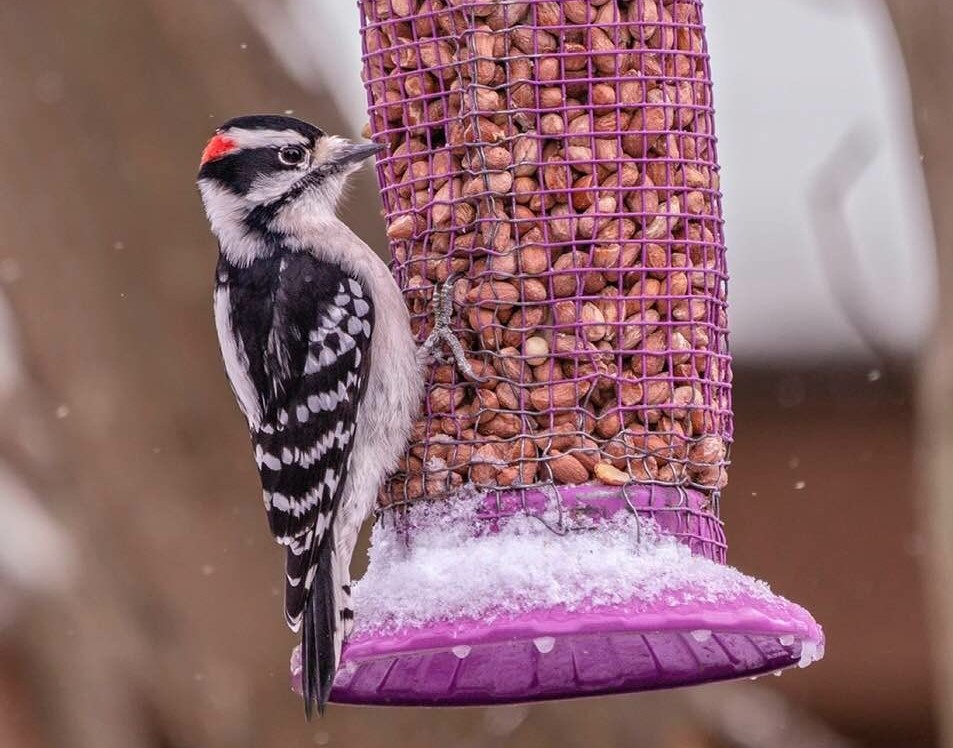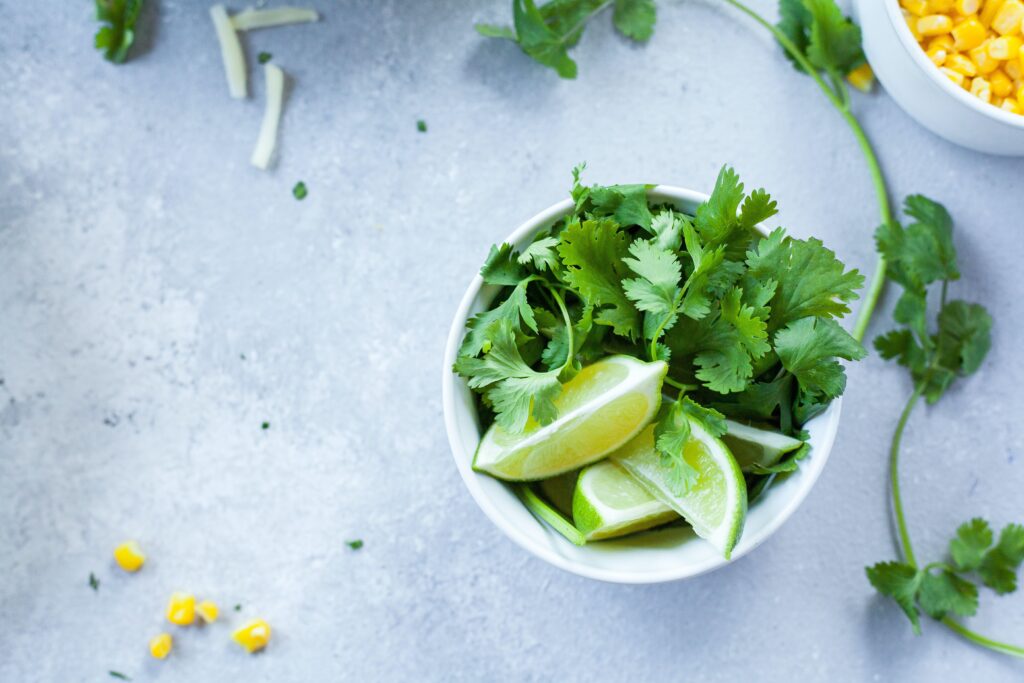
Here’s a brief history of Canadian Gardens in honour of 2022 being designated as the Year of the Canadian Garden.
What’s different about gardening in other countries?
An English garden conjures up images of manicured boxwood, clipped privet hedges, gravel pathways, retaining walls, and blooming perennial cottage gardens.
In traditional Italian gardens, symmetry is the key element. Italian gardeners trim their evergreens into geometric hedges or topiaries and include features such as statues as focal points.
French gardens also have the fundamental structure of order, discipline, and control. Water features are often present in some form or another. Gardens in France typically include knot-gardens of clipped boxwood, lavender, rosemary, and colourful blooms.
Japanese gardens are simple but elegant, using elements of stone, plants, and water. A traditional Japanese Zen Garden is a place of quiet contemplation.
History of the Canadian Garden
In Canada, before the early settlers, our native peoples were hunters & fishers, while others practiced agriculture. The Hurons (in the Great Lake region and along the St. Lawrence River corridor) were the most adept farmers. It was the women who planted, tended, and harvested crops of maize, beans, squash, and sunflowers. (https://www.britannica.com/topic/Huron-people)
Many of the early settlers who brought seeds and plants from their homeland, also learned from our Native peoples. They learned about the indigenous plants that would help sustain them with food and medicine. In turn, the Native people gained knowledge from the settlers about the plants they brought.
The pioneer era of gardening in Canada extends back to the 1600s. We have documented records of Champlain’s settlement at the Bay of Fundy and records of the gardens at early Hudson Bay Company posts. Early settlers struggled to clear land, plant, and grow crops in various types of soil in unfamiliar environments.
It was often the kitchen gardens, planted and tended by these pioneer women that were crucial for survival, especially through the winter months.
Evolution of the garden – experimentation and ornamentation
Jump forward to the 1800s when gardens became part of the landscape of the grand and wealthy estates in Upper and Lower Canada.
Towards the end of the 19th century, garden clubs and horticultural societies were being formed.
Serious gardeners in Ontario were beginning to produce helpful guides about gardening in our environment. Seed companies were established and offered various varieties of flowers, fruits, and vegetables to the home gardener.
Experimental research farms and nurseries were developing plants that could grow in the Canadian climate.
Awakening of the need for natural spaces, parkland, and greenery in cities
In the late 1800s and early 1900s, there was also a social movement. One such reform was nature and the importance of improving the landscape in and around cities. We established many public parks, and began using them for recreation and resting places, then filling them with flower beds copying the geometric form of the English Victorian era, adding beauty to these green spaces.
Public institutions and companies were also influenced by these social ideas. The Canadian Pacific Railway (CPR), to promote the Prairies and encourage immigration, provided seeds to the station agents. This encouraged them to plant small gardens on station property and helped spread the idea across Canada.
Throughout the last century, and especially during the war years and depression era, people planted vegetable gardens as their most reliable and lowest-cost food source. During this time, school children included agriculture and horticulture in their studies, especially in the rural areas.
In more recent decades, the development of hybrid varieties of flowers and vegetables grew in importance, and gardening as a business in Canada expanded in a big way. Catalogs and mail-order offerings were attractive to home gardeners who all wanted the newest specimens and latest colours.
So what are Canadian Gardens?
Over the decades, gardens throughout Canada have had an ebb and flow of interest. For many Canadians, the garden is a retreat from stress, a place to reconnect to nature, a spot to nurture beauty, and a practical place to grow fresh healthy food. We choose designs from all over the world, test the limits of growing conditions, and love to learn about new techniques. Now we see more and more Canadian gardens with native plants and hear gardeners discussing pollinators, soil health, and eco-friendly practices. We are learning and understanding more about our impact on the environment and the role of our gardens in the larger scheme of things.
So when I think of a typical Canadian garden, I realize they are as varied and multicultural as we are as a people. Let’s all plant something red this year and fly our Canadian flags!





About The Author: Nancy Abra
The family kitchen garden has always been a big part of my life from the early days growing up on a farm to current days gardening near Thorndale, Ontario.
I have honed my gardening knowledge with various courses including a certificate in Horticulture from the University of Guelph, ongoing training with the London Middlesex Master Gardeners, active membership with the local Horticultural Society and as a volunteer gardener at Fanshawe Pioneer Village, It has always been important to me to feed my family from the best of my garden or from locally grown produce. For almost 50 years of preserving, canning, pickling, and using heirloom recipes including some of my own creations, I have developed tasty preserves for my family and friends which I market locally with the brand name "From My Garden".
More posts by Nancy Abra